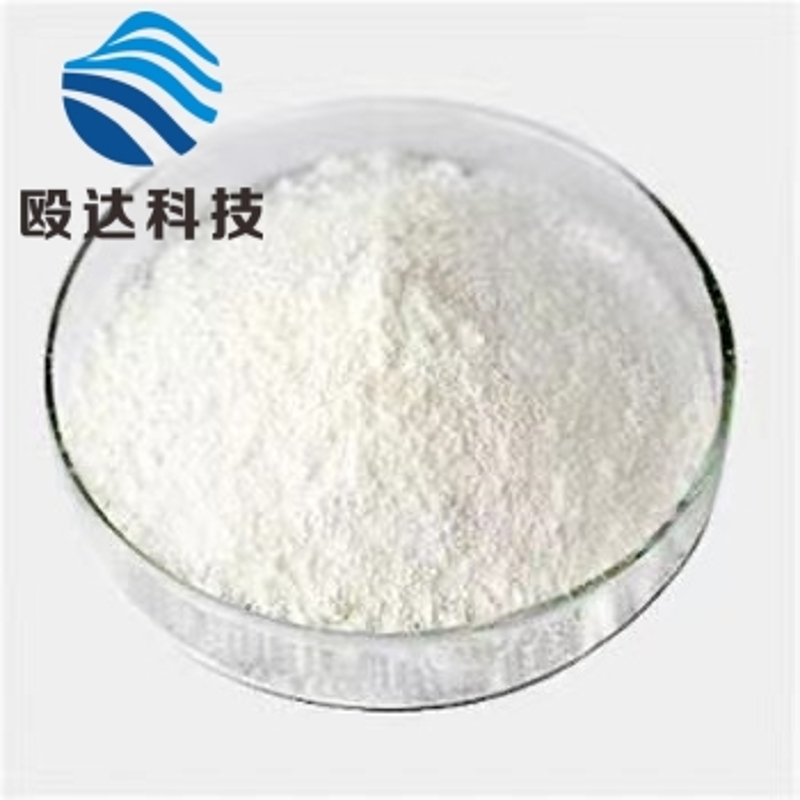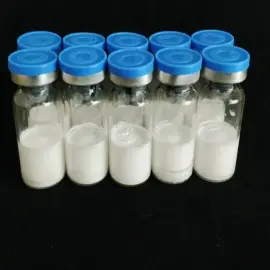-
Categories
-
Pharmaceutical Intermediates
-
Active Pharmaceutical Ingredients
-
Food Additives
- Industrial Coatings
- Agrochemicals
- Dyes and Pigments
- Surfactant
- Flavors and Fragrances
- Chemical Reagents
- Catalyst and Auxiliary
- Natural Products
- Inorganic Chemistry
-
Organic Chemistry
-
Biochemical Engineering
- Analytical Chemistry
-
Cosmetic Ingredient
- Water Treatment Chemical
-
Pharmaceutical Intermediates
Promotion
ECHEMI Mall
Wholesale
Weekly Price
Exhibition
News
-
Trade Service
Oncology drug applicants travel outside the U.
S.
for clinical trials for a variety of reasons, including the impact of approval speed, the constant updating of nursing standards in the U.
S.
and faster enrollment of foreign patients, the innovation faced by Me-too drugs, the impact of corporate bases, and the difficulty of contracting with U.
S.
clinical centers
.
Pazdur, director of the Center of Excellence for Oncology (OCE), expressed a desire to maintain true clinical diversity
.
The U.
S.
FDA Center of Excellence for Oncology hosted a panel discussion on July 27 on "Clinical Trial Site Selection: Fact and Fiction" as part of
its "Conversations On Cancer" series 。 Initiated by the Center of Excellence for Oncology to improve the FDA's understanding of the factors that influence clinical trial site selection, the conference is most likely due to the recent challenges OCE faces in processing the large number of applications supported by research conducted only in China, as well as growing calls
for increased diversity in clinical trials and reduced health inequalities in the United States.
Factors influencing the applicant's trial outside the United States
Factors influencing the applicant's trial outside the United States
Vaibhav Kumar, a clinical reviewer for FDA oncology drugs, presented a statistical chart at the symposium on geographic trends
in participation in lung cancer trials submitted to FDA by the United States, China, and former Soviet countries between 2014 and 2021.
Kumar noted that the proportion of patients in the United States peaked in 2015 and has been declining ever since, along with an increasing
proportion of patients registered in China and the former Soviet Union countries.
In 2021, among lung cancer clinical trials submitted to the FDA, the former Soviet Union countries had the highest percentage of patients (more than 25 percent), followed by China and then the United States
.
Kumar asked industry representatives what factors would affect the enrollment of more patients outside the United States, especially in
common diseases such as lung cancer.
Industry representatives agreed that the reasons are manifold, but the speed of registration and trial completion time are always the main ones
.
Bea Lavery, global head of oncology regulatory affairs from Genentech/Roche, presented two factors: rapid improvements in U.
S.
standards of care and changes in
China.
She added, "Because of the FDA's accelerated development of programs, whether it's breakthrough treatments, accelerated approvals, or real-time oncology reviews, we've seen a significant increase
in the number of approvals for PD-1, PD-L1 inhibitors, between 2015 and 2018.
" Therefore, when standards of care change rapidly, it becomes very difficult
to conduct additional trials in the field of lung cancer and ask additional questions.
”
Meg Valnoski, president of contract research organization Theradex, agrees with the rapidly changing standards of care in the U.
S.
during this period, and mentions that trials of me-too drugs have a tendency to move outside the U.
S.
, and believes that the possible reason is that patients there are not normally able to obtain the same treatment as the standard of care for patients in the United States, and participating in clinical trials can obtain treatment that they could not otherwise obtain, resulting in rapid patient enrollment
.
Valnoski then made the point that logistics also affect the location of the study, such as where the company is located and the demographics of the disease studied (for example, a disease has a specific mutation in some areas
).
Lavery added that the position of key opinion leaders in the field of disease or treatment will also have implications, and there are other better considerations outside the United States, where there are long processes and sometimes contracts with U.
S.
trial sites, if they are already registered elsewhere
.
The COVID-19 pandemic has also had an impact on
the number of test sites in the United States.
"We've seen many U.
S.
centers withdraw the trials they're going to conduct because of personnel issues," Varnoski said
.
Carrie Lee, a medical oncologist at the University of North Carolina at Chapel Hill and medical director of the Office of Clinical Programs at Lineberger Comprehensive Cancer Center, points to the challenges of conducting me-too drug research in the
United States.
"Open trials can't provide something new and innovative for the U.
S.
patient population, and that's really not an option," she said
.
She believes that the staffing of clinical trials has always been a challenge and is now severely affected by COVID, so it is necessary to seriously consider how to use limited resources, and recommends prioritizing the focus on those trials
that provide novelty and innovation.
But Richard Pazdur, director of the Center of Excellence for Oncology, noted that the FDA faces a dilemma when it receives a me-too drug application that comes entirely from foreign data
.
Because competitor drugs in the same category may have been approved and used as standards of care, such trials cannot be registered in the United States, so the products compared by me-too drugs studied overseas are not the existing standards of care in the
United States.
What was done was basically a repeat of the original registered trial, which is considered a poor treatment in the United States, so how to put this data in the context of current treatment in the United States is difficult, not to mention the different
standards of care.
What this should be said here is the application of
the Cinda/Eli Lilly PD-1 inhibitor sintilimab in February 2022.
The FDA concluded that the ORIENT-11 trial in China had progression-free survival as the primary endpoint inappropriate because immune checkpoint inhibitors approved for first-line non-small cell lung cancer had shown overall survival benefits, while the trial's control group did not reflect U.
S.
standards of
care.
Subsequently, an overwhelming vote at the Advisory Board Meeting (ODAC) that additional pre-approved trials were needed to demonstrate suitability for patients and healthcare in the United States, and the FDA gave a full response letter
.
Pazdur has previously criticized Eli Lilly and Cinda's choice of trial controls, while saying that single country data cannot solve the problem of
clinical diversity.
The FDA wants multi-region trials
The FDA wants multi-region trials Pazdur asked about the role of cost in the test site selection process and whether it is always more expensive
in the United States.
Representatives stated that cost was not the most important factor and that trials outside the United States were not necessarily less costly, but more importantly the design of the
trials.
Pazdur made it clear that what the FDA really wants to see is a true multi-region trial
.
These will help address concerns about study implementation and data reliability in other countries or less experienced locations, and answer questions
about the universality of the results to different U.
S.
patient populations.
Pazdur advises applicants not to conduct superficial multi-area trials
.
"We found that people tried to bypass multiple regions by introducing trials, where 99 percent of patients enrolled in one country, then 0.
5 percent in that country, 0.
2 percent in another country, and 0.
1 percent
in another country," Pazdur said.
But this is not a multi-regional trial
.
It's not that everything should be done in the U.
S.
, and we want to do it in the U.
S.
in a larger proportion rather than a smaller percentage, but we really want to reflect the world's multi-regional experiments — North America, South America, Europe, Eastern Europe, Asia, Africa
.
All these regions should be represented
.
He believes that multi-regional trials can build great confidence for regulators, while also bringing diversity
.







